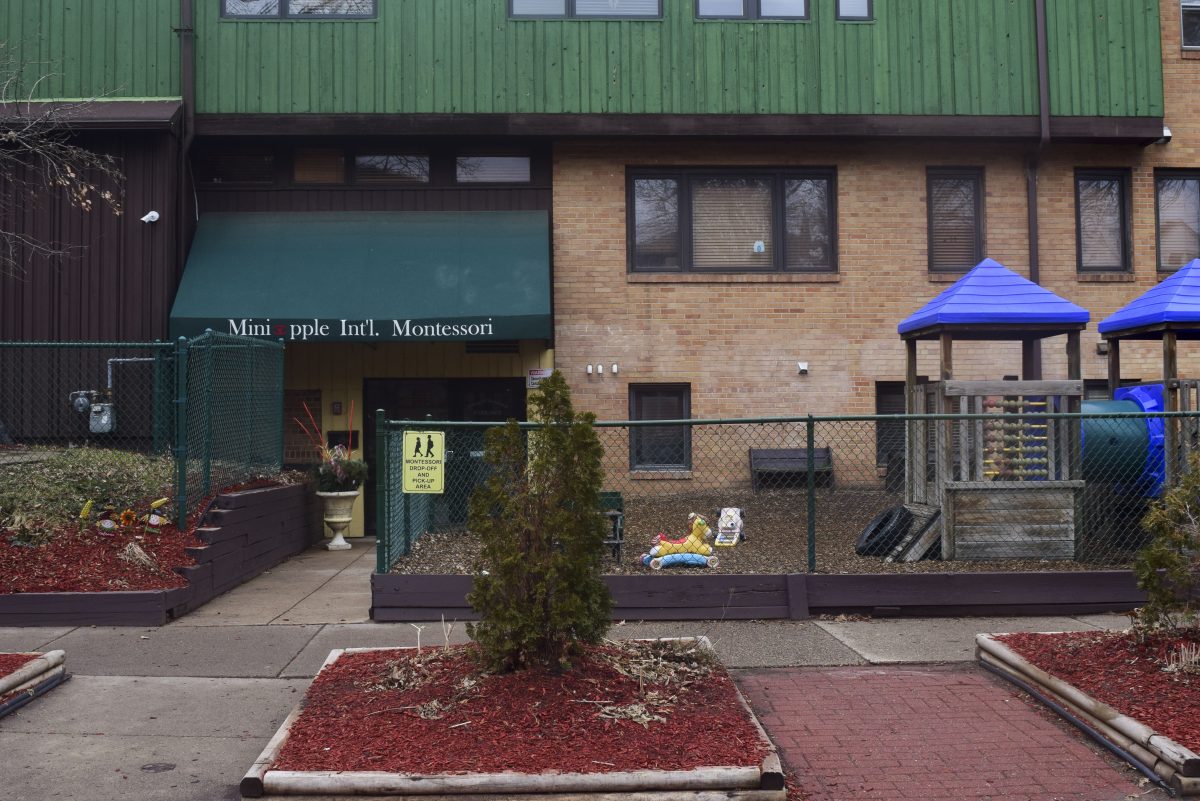Winter in Minnesota is unpredictable, so getting around campus can be just as uncertain.
The Minnesota Daily has compiled what you need to know about transportation and parking in Minneapolis this winter.
While Minneapolis declared eight snow emergencies in 2011, zero happened in 2012.
How to prevent being towed
Minneapolis had a lighter-than-usual winter last season, but in other recent years the city has been hounded with snow and snow emergencies.
Last year was the second winter in the past 25 years without a snow emergency in the city.
The city declared three snow emergencies in the 2009-10 winter season and about 1,300 cars were towed from Dinkytown and the surrounding areas.
In the 2010-11 winter, almost 2,000 cars were towed in the area after the city declared eight snow emergencies.
To prevent yourself from being one of the hundreds towed in a snow emergency, here’s what you need to know.
Snow emergency routes are indicated by either a red “snow emergency route” sign or a blue street sign.
Day 1
On the first day of heavy snow, the city of Minneapolis will declare a snow emergency by 6 p.m. that will go into effect at 9 p.m. and last until 8 a.m.
During this time, you cannot park on either side of a street marked by a snow emergency route sign.
Day 2
On the second day, parking is allowed on the odd side of non-snow emergency routes and on both sides of snow-emergency routes. Parking on the even side is banned from 8 a.m. to 8 p.m.
Day 3
On the third day, parking is banned on the odd side of non-snow emergency routes only.
Casper Hill, spokesman for the city of Minneapolis, predicts there will be a snow emergency this winter.
“We are preparing for it because although we had no snow emergencies last year, odd are we are going to have at least one this year,” he said.
Hill said he encourages everyone to have more than one way of being informed of a snow emergency. He said the city doesn’t want to have to tow anybody, but it’s important that people move their cars so the streets can be plowed.
Hill said residents can be notified of a snow emergency through sites like Twitter and Facebook.
Tips from a winter rider
Biking is a good way to get around on campus, but it’s important to take caution before speeding to your first class on a snowy day.
Ben Fulner-Erickson, a worker/owner at the Hub Bicycle Co-op at the University of Minnesota Bike Center, offered advice to students who plan on riding this winter.
Fulner-Erickson said he rode his bike the past five winters with little complication.
“With the proper equipment and the proper attention to the conditions, it can be done and done safely,” Fulner-Erickson said.
He noted that studded tires in the winter can allow you to ride in almost any condition and help you maintain traction and control on icy roads.
Students can buy studded tires at the Bike Center.
It could be a good idea to practice winter biking by riding in a parking lot and getting used to riding in more clothing, Fulner-Erickson said.
Another tip is to lower your seat so if you slide out while riding you have a better chance of getting your foot on the ground.
Fulner-Erickson also said to plan for “time and a half” when biking in the winter because it’s likely you will have to ride slower.
While biking, he said it’s best to stay on main streets because they’re usually plowed better than those in neighborhoods.
As for locking up your bike in the winter, Fulner-Erickson suggested using a quality lock that will be less likely to freeze.
Certain lock brands provide a sleeve for locks to prevent water and other elements from getting in and freezing the lock.
If the lock is frozen, Fulner-Erickson recommended using a lubricant like WD-40 to open the lock. If that doesn’t work, he suggested calling University police to cut the lock.
Although buying all these products may sound costly, Fulner-Erickson said winter biking can be done at any cost.
“Whatever your budget is, you can make it work,” he said.
Overall, Fulner-Erickson said a student’s “best judgment” is key to successful biking in the winter.
“It’s not as hard as it seems,” he said.





















![Gwyn, Macy, Daniel, and Nora [pictured left to right] brave the sub-zero windchill on an icy afternoon to skate together in Van Cleve park. The park, located just north of Dinkytown in Como, becomes a popular winter activity hub for students and nearby residents each year when the park’s fields are frozen to create a public ice skating rink.](https://mndaily.com/wp-content/uploads/2024/01/FzDx2ZjdXLtO33r1j1atrf7jrtQtocs9vnp8k2AT-2-1200x801.jpeg)
